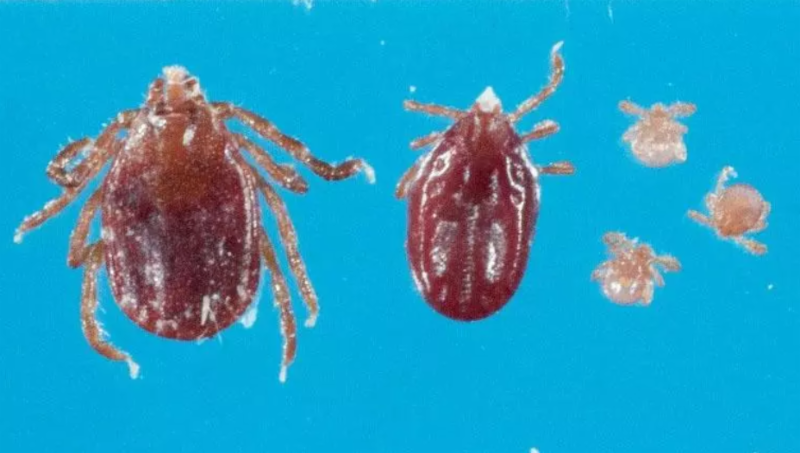
A new type of invasive tick was recently found in Westchester County that could be setting its sights on devastating the entire Hudson Valley. The "longhorned tick" could pose a health threat to families, livestock, and pets. Realizing the immediacy of this threat, Senator Terrence Murphy and Senator Sue Serino are leading the call for a research study to learn more about this potentially dangerous tick.
"Could this be a new superbug? We don't know yet," said Senator Murphy. "The longhorned tick is not native to the U.S. We need to be able to determine if this species of tick will have a detrimental effect on the health of human beings and animals. Tick-borne diseases can cause serious illnesses, including Lyme disease. While the longhorned tick has transmitted diseases to humans in other parts of the world, more research is needed to determine whether this can happen in the United States."
Senator Serino said, "Given the clear threat this species presents to our farms and livestock, and because it comes with so many immediate unknowns, we respectfully request that any action plan developed include research into this new and specific menace as well as robust solutions to better protect New Yorkers against the new threat the Longhorn tick presents. We have begun the process of drafting legislation to ensure these measures are carried out; however, we are hopeful that your actions will prove any such legislation as an unnecessary precaution."
The NYS Senate Task Force on Lyme and Tick-Borne Diseases has long led the way in raising critical awareness to help New Yorkers protect themselves and to secure funding to advance crucial data collection activities throughout the state. The Task Force-led by its Chair, Senator Serino, and NYS Senate Health Committee Chair Kemp Hannon-have long been pushing for a comprehensive statewide action plan to be introduced and funded in the Executive Budget to more effectively combat the spread of Lyme and tick-borne diseases in the state.
In a letter dated July 25th to Dr. Howard Zucker, Commissioner for the New York Department of Health, six Senators, Murphy, Serino, Hannon, Thomas O'Mara, Patricia Ritchie, and Pamela Helming, Chair of the Senate Agricultural Committee, outlined essential components of what they feel should be in the study. Their recommendations included the extent the species has spread; the impact the tick could have on people, livestock or companion animals; improvements made by physicians, and veterinarians in reporting, and recommendations that would eliminate the longhorned tick from our area.
Information gained through a report on this species will serve to increase awareness and allow individuals to be properly informed to make educated decisions when entering into spaces where longhorned ticks may be. In addition, the sharing of such reported case information may expedite informing local communities of increased activity, thereby potentially reducing additional infections.
The New York State Departments of Health and Agriculture & Markets recently confirmed the presence of the longhorned tick, whose scientific name is Haemaphysalis longicornis tick, in Westchester County. The longhorned tick is not native to the U.S. and is commonly found in Australia, New Zealand, and eastern Asia. The tick has been found recently in New Jersey, Virginia, West Virginia, North Carolina, Arkansas and now New York. One reason the tick is potentially dangerous is because of its ability to reproduce asexually and survive New York's long winters.
The ticks are a serious pest to livestock, wildlife, pets, and humans and can spread diseases to humans and animals. They are particularly dangerous to cattle because they transmit a disease called Theileriosis, which can cause severe anemia or death. Symptoms of tick-borne disease in cattle include fever, lack of appetite, dehydration, weakness and labored breathing. Infected livestock may also experience reduced milk production. With New York ranking third in 2016 in confirmed cases of Lyme disease, and third in 2017 among all states in milk production, these concerns require a more in-depth look since the consequences could affect the state's agricultural economic interests.
S